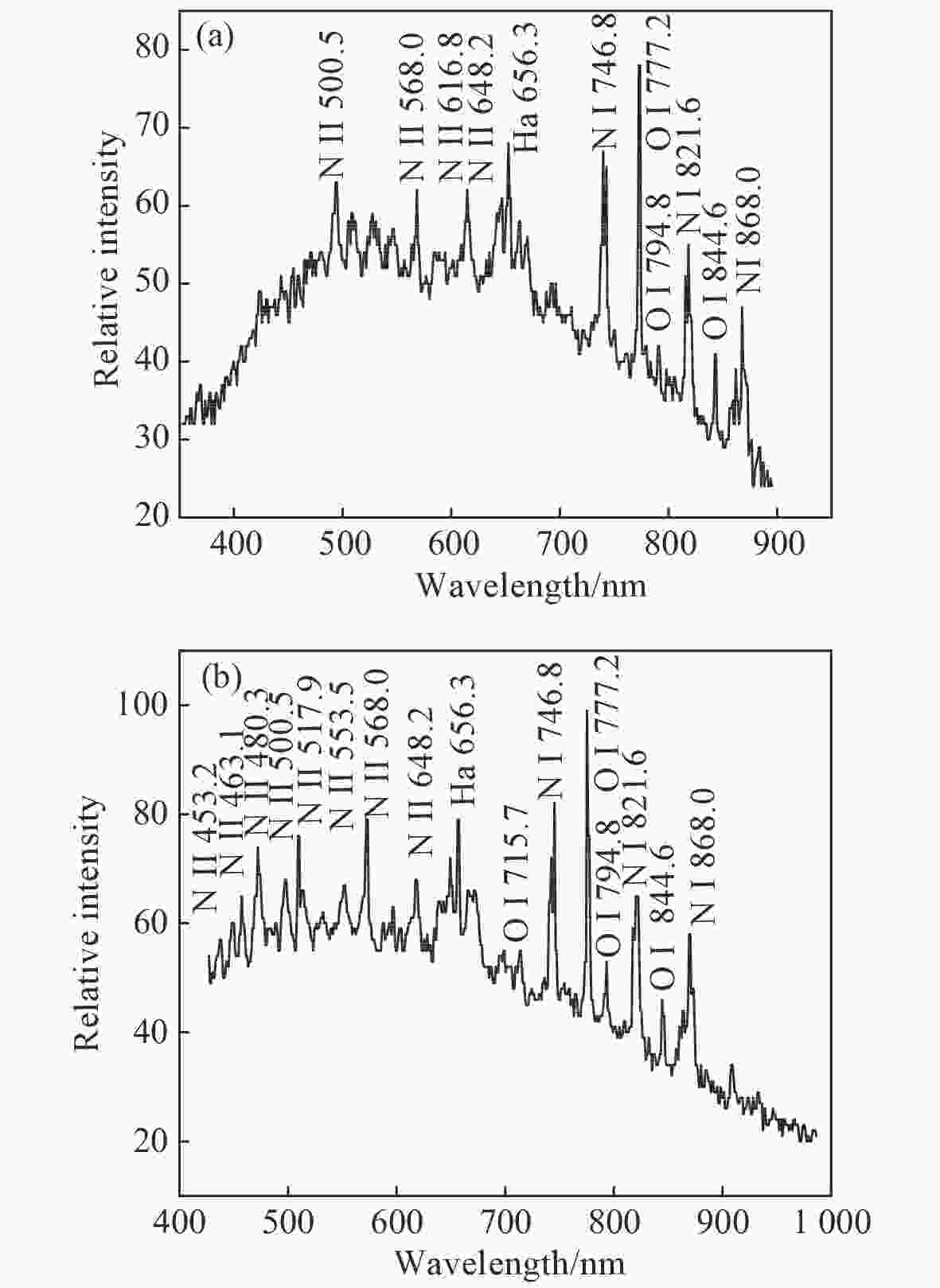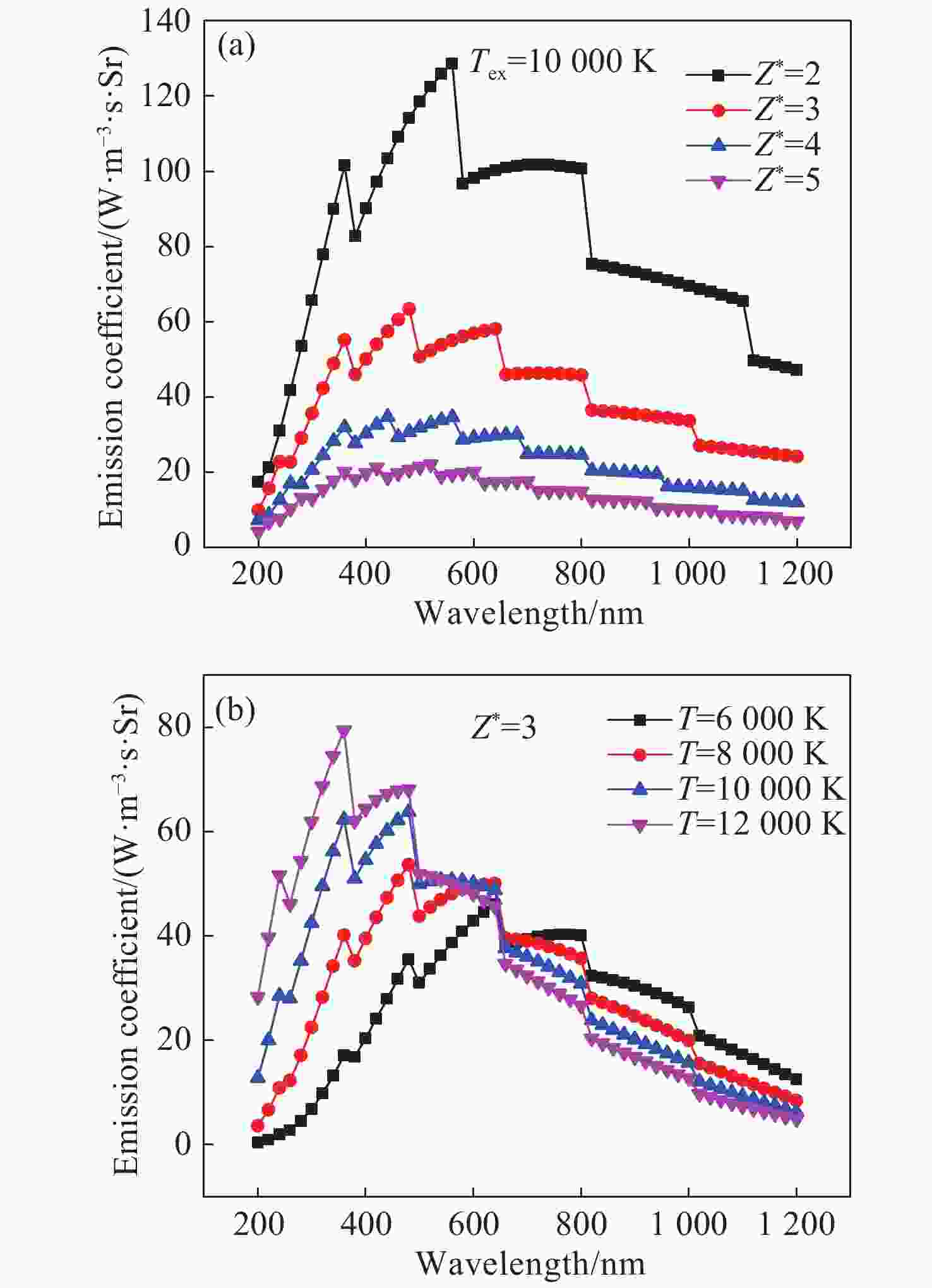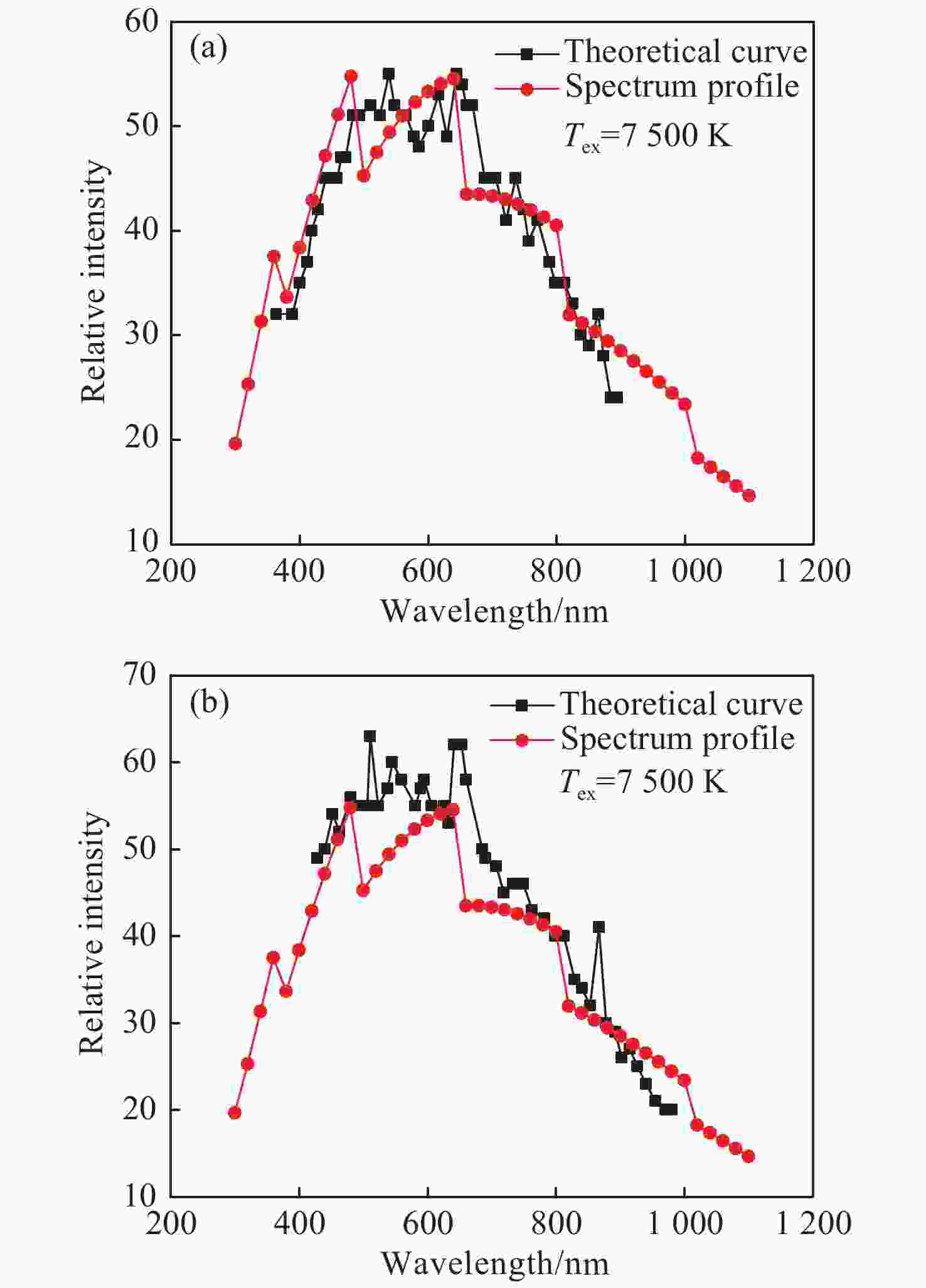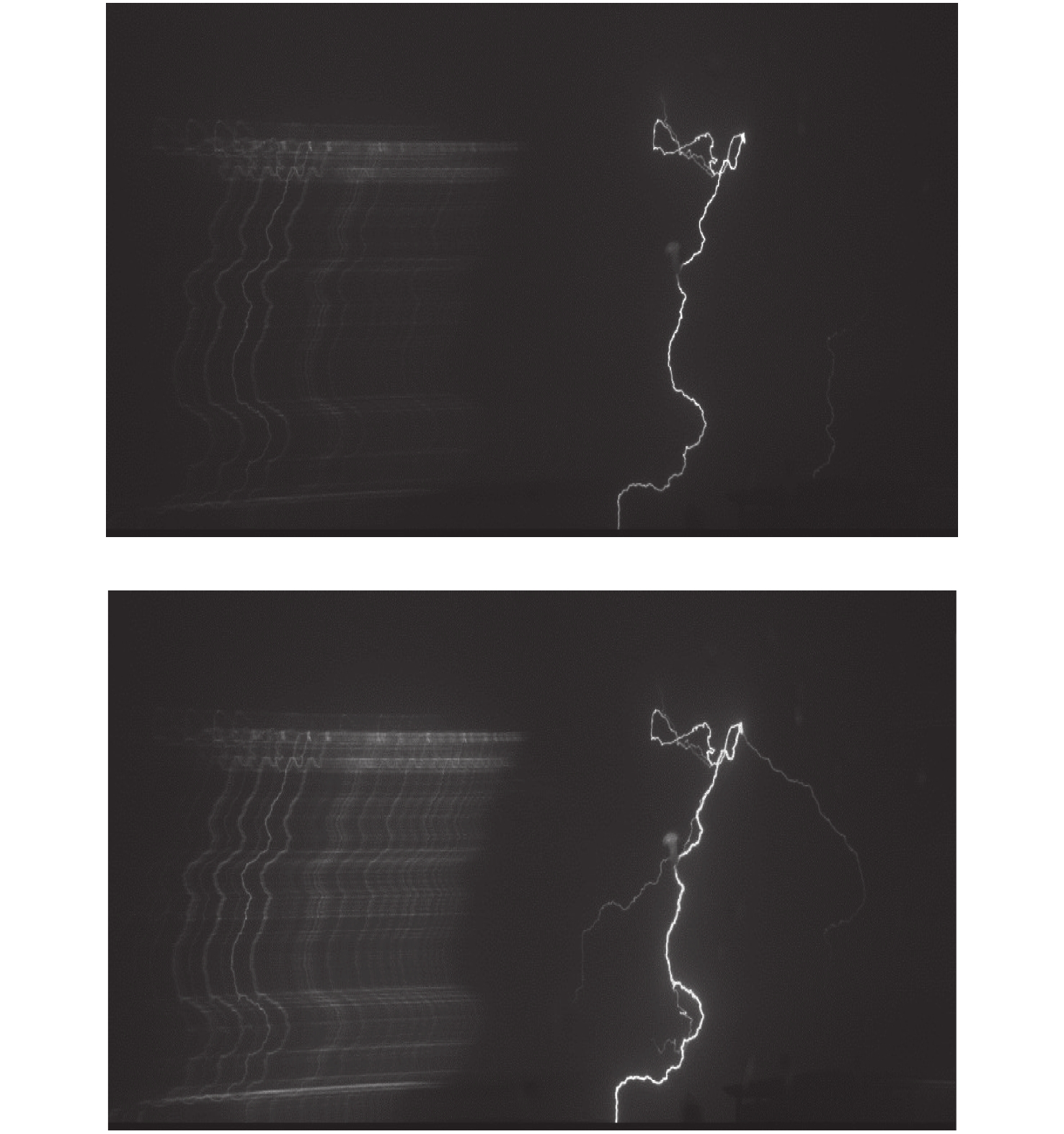| [1] |
SU F M, ZHANG D, LIANG F. Progress in preparation and modification of nano-catalytic materials by low-temperature plasma[J]. Chinese Journal of Applied Chemistry, 2019, 36(8): 882-891. (in Chinese) doi: 10.11944/j.issn.1000-0518.2019.08.190126
|
| [2] |
LI H P, YU D R, SUN W T, et al. State-of-the-art of atmospheric discharge plasmas[J]. High Voltage Engineering, 2016, 42(12): 3697-3727. (in Chinese)
|
| [3] |
ZHANG H M, ZHANG Y J, LV W T, et al. The spectra characteristic of altitude triggered lightning channel[J]. Spectroscopy and Spectral Analysis, 2018, 38(12): 3673-3677. (in Chinese)
|
| [4] |
CHEN H, LI L Y, ZHANG B, et al. Assessment of Q-K model for nitrogen and oxygen dissociation-recombination[J]. Acta Aerodynamica Sinica, 2018, 36(1): 17-21. (in Chinese) doi: 10.7638/kqdlxxb-2015.0189
|
| [5] |
LI L, REN H M, WEI B H, et al. V-N Co-doped mesoporous carbon nanomaterials as catalysts for artificial N2 reduction[J]. Chinese Journal of Applied Chemistry, 2020, 37(8): 930-938. (in Chinese) doi: 10.11944/j.issn.1000-0518.2020.00.200037
|
| [6] |
FU B Q, HOU Q, WANG J, et al. Molecular dynamics study of trapping and detrapping process of hydrogen in tungsten vacancy[J]. Acta Physica Sinica, 2019, 68(24): 240201. (in Chinese) doi: 10.7498/aps.68.20190701
|
| [7] |
CRESSAULT Y, GLEIZES A. Thermal plasma properties for Ar–Al, Ar–Fe and Ar–Cu mixtures used in welding plasmas processes: I. Net emission coefficients at atmospheric pressure[J]. Journal of Physics D:Applied Physics, 2013, 46(41): 415206. doi: 10.1088/0022-3727/46/41/415206
|
| [8] |
IORDANOVA E, DE VRIES N, GUILLEMIER M, et al. Absolute measurements of the continuum radiation to determine the electron density in a microwave-induced argon plasma[J]. Journal of Physics D:Applied Physics, 2008, 41(1): 015208. doi: 10.1088/0022-3727/41/1/015208
|
| [9] |
PARK S, CHOE W, YOUN MOON S, et al. Electron density and temperature measurement by continuum radiation emitted from weakly ionized atmospheric pressure plasmas[J]. Applied Physics Letters, 2014, 104(8): 084103. doi: 10.1063/1.4866804
|
| [10] |
KUNZE H J. Introduction to Plasma Spectroscopy[M]. Heidelberg Berlin: Springer, 2009.
|
| [11] |
VAN HOOF P A M, FERLAND G J, WILLIAMS R J R, et al. Accurate determination of the free-free Gaunt factor-Ⅱ. Relativistic Gaunt factors[J]. Monthly Notices of the Royal Astronomical Society, 2015, 449(2): 2112-2118. doi: 10.1093/mnras/stv404
|
| [12] |
ZHANG ZH F, YANG ZH, REN W J, et al. Condition detection in Al alloy welding process based on deep mining of arc spectrum[J]. Transactions of the China Welding Institution, 2019, 40(1): 19-25. (in Chinese) doi: 10.12073/j.hjxb.2019400005
|
| [13] |
ZHANG H, HE J P, LINYANG SH L. Three-dimensional arc spectrum and anti-interference decoupling in micro plasma arc welding[J]. Spectroscopy and Spectral Analysis, 2020, 40(1): 48-53. (in Chinese)
|
| [14] |
LIU Y F, DING Y J, PENG ZH M, et al. Spectroscopic study on the time evolution behaviors of the laser-induced breakdown air plasma[J]. Acta Physica Sinica, 2014, 63(20): 205205. (in Chinese) doi: 10.7498/aps.63.205205
|
| [15] |
ZHANG M, YUAN P, LIU G R, et al. The current variation along the discharge channel in cloud-to-ground lightning[J]. Atmospheric Research, 2019, 225: 121-130. doi: 10.1016/j.atmosres.2019.04.001
|
| [16] |
WANG F, LI H, YANG K, et al. Tungsten inert gas welding arc radiation and its role in energy balance[J]. Acta Optica Sinica, 2018, 38(7): 0726001. (in Chinese) doi: 10.3788/AOS201838.0726001
|
| [17] |
ZHANG H M, LV W T, ZHANG Y, et al. Analysis of radiation evolution characteristics of the artificial triggered lightning channel[J]. Chinese Optics, 2019, 12(3): 670-676. (in Chinese) doi: 10.3788/co.20191203.0670
|
| [18] |
DONG X CH, CHEN J H, WEI X F, et al. Calculating the electron temperature in the lightning channel by continuous spectrum[J]. Plasma Science and Technology, 2017, 19(12): 125304. doi: 10.1088/2058-6272/aa8acb
|
| [19] |
DONG X CH, YUAN P. Calculating the electron temperature of lightning channel based on the continuous radiation[J]. Spectroscopy and Spectral Analysis, 2018, 38(4): 1209-1212. (in Chinese)
|





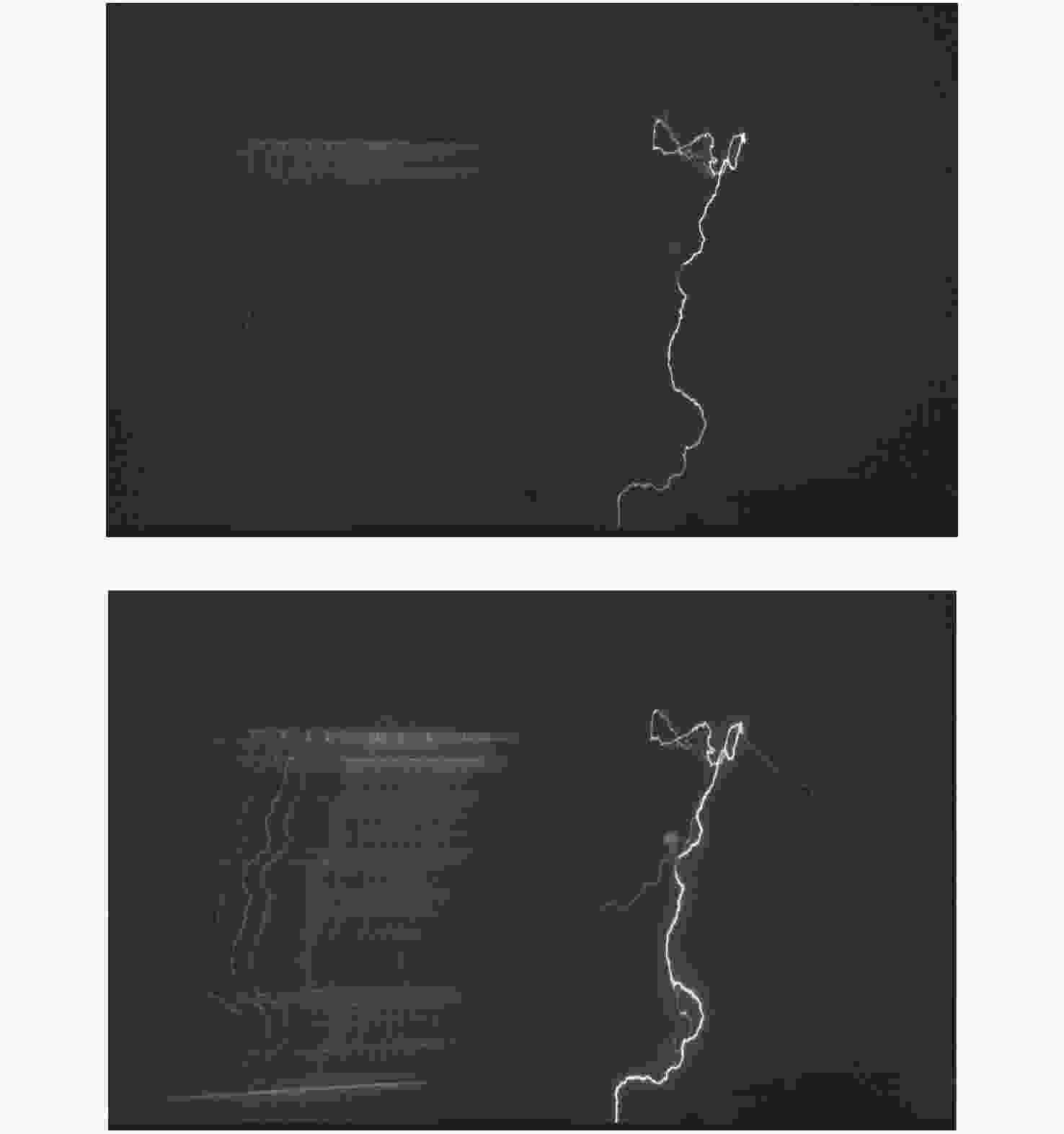
 下载:
下载:
